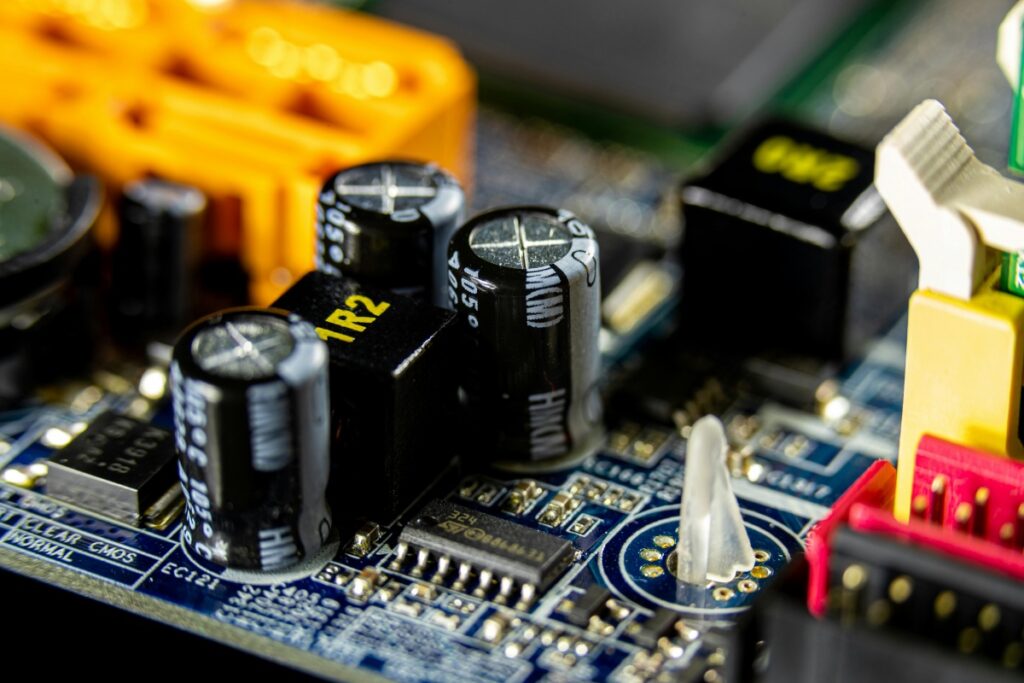Printed Circuit Boards (PCBs) are the backbone of modern electronics. From consumer gadgets to industrial machinery and high-tech military applications, PCBs enable the functionality of almost every electronic device. Understanding the types, materials, and classification of PCBs is essential for manufacturers, designers, and engineers who work in the electronics industry.
This article provides a comprehensive breakdown of PCB manufacturing, covering definitions, classifications, material choices, and emerging trends in PCB technology.
1. What is a Printed Circuit Board (PCB)?
The Printed Circuit Board (PCB) is a specially designed technical product used to mechanically support and electrically connect electronic components. According to the GB 2036-94 standard in China, the term PCB refers to both Printed Circuit Boards (PWB) and Printed Wiring Boards (PWB) in different regions.
📌 Different Terms Used for PCBs Worldwide:
- China: “Yin Zhi Dian Lu” (印制电路) or “Yin Zhi Ban” (印制板)
- Japan: Printed Wiring Board (PWB)
- Europe & USA: Printed Board (PB) or Printed Circuit Board (PCB)
🔹 PCB Definition: A PCB is a finished board with printed circuits, resistors, capacitors, and other electronic pathways built on an insulating substrate. It must meet electrical performance standards, assembly requirements, and reliability expectations based on its application.
Given the complexity of manufacturing, the high level of precision required, and the inability to repair defects, PCBs are often considered a highly specialized technical product.
2. Classification of PCBs
PCBs are categorized based on application, structure, material composition, and mechanical properties. Each type has a unique design, layout, and fabrication process suited for specific electronic needs.
2.1 Classification by Application
🔹 Consumer PCBs (Level 1) – Used in general electronics such as TVs, cameras, toys, and home appliances. These require basic functionality and affordability.
🔹 Industrial PCBs (Level 2) – Designed for computers, communication systems, and measuring instruments. These PCBs need high durability, performance, and reliability.
🔹 Military & Aerospace PCBs (Level 3) – Used in flight control systems, medical implants (pacemakers), and emergency rescue devices. These must not fail and require strict certification and military-grade reliability.
📌 Key Takeaway: The price difference between these PCB types is significant. Military-grade PCBs can be over 10 times more expensive than consumer-grade ones due to stringent quality control and high reliability requirements.
2.2 Classification by Structure
🔹 Single-sided PCB (SPCB) – Basic PCBs with components on only one side.
🔹 Double-sided PCB (DPCB) – Copper traces on both sides of the board, allowing for more complex circuits.
🔹 Multilayer PCB (MLPCB) – PCBs with three or more layers, used in high-performance electronics.
🔹 High-Density Interconnect (HDI) PCB – Advanced multilayer PCBs with ultra-fine traces and microvias for compact designs.
🔹 Optoelectronic PCB (EOCB) – Integrates electrical and optical pathways for high-speed data transmission.
🔹 Multifunctional PCB (MFB) – Designed for specialized applications, such as medical, automotive, and RF communication.
2.3 Classification by Material
Different PCB substrates are used depending on the performance, cost, and durability required for the final application.
🔹 Paper-Based PCBs – Made from phenolic paper (FR1, FR2, FR3), commonly used in low-cost consumer electronics.
🔹 Fiberglass PCBs – FR4 and FR5 are the most widely used, offering good insulation, heat resistance, and durability.
🔹 Composite PCBs (CEM3) – Combining epoxy and fiberglass, these are cost-effective alternatives to FR4.
🔹 Metal-Based PCBs – Aluminum (Al) and iron (Fe) core PCBs provide superior heat dissipation, making them ideal for LED applications and power electronics.
🔹 Ceramic PCBs – High-performance substrates like Al₂O₃ (Alumina) and SiC (Silicon Carbide) are used in aerospace and high-frequency RF circuits.
2.4 Classification by Flexibility
🔹 Rigid PCBs – Traditional non-flexible circuit boards.
🔹 Flexible PCBs (FPC) – Thin and bendable, used in wearable tech, smartphones, and medical devices.
🔹 Rigid-Flex PCBs (RFPC) – Hybrid design combining both rigid and flexible layers, common in aerospace and defense applications.
3. The Future of PCB Technology: HDI & Build-Up Multilayer (BUM) PCBs
With increasing demand for smaller, faster, and more powerful electronic devices, High-Density Interconnect (HDI) and Build-Up Multilayer (BUM) PCBs are emerging as the next-generation PCB technology.
🔹 Key Advancements in HDI/BUM PCBs:
✅ Higher circuit density with microvias and fine traces
✅ Improved signal integrity for high-frequency applications
✅ Better heat dissipation for power electronics
✅ More reliable and durable designs
📌 ALIVH Technology in HDI PCBs: Advanced Any Layer Inner Via Hole (ALIVH) manufacturing allows direct layer interconnection, making PCBs thinner and more compact while reducing production costs.
4. Special-Purpose PCBs
🔹 High-Frequency Microwave PCBs – Used in telecommunications, radar systems, and satellite communications.
🔹 Metal-Core PCBs – Designed for power modules and LED applications, offering superior thermal management.
🔹 Embedded Component PCBs – Feature integrated resistors, capacitors, and inductors directly within the board for higher density and performance.
5. Multi-Function PCBs & Their Applications
🔹 Large Backplane PCBs – Found in supercomputers, data centers, and telecom systems.
🔹 IC Substrate PCBs – Essential for chip packaging and semiconductor applications.
🔹 Heat Dissipation PCBs – Incorporate metal layers, thermally conductive resins, or embedded cooling channels for better heat management.
Final Thoughts: The Evolution of PCBs
The PCB industry is rapidly evolving, driven by miniaturization, performance demands, and environmental considerations. With technologies like HDI, ALIVH, and embedded components, modern PCBs are smaller, faster, and more efficient than ever before.
For electronics manufacturers and designers, understanding the different types of PCBs, material choices, and fabrication techniques is crucial for building reliable and high-performance products.
The future of PCB technology is exciting—and it’s just getting started! 🚀

